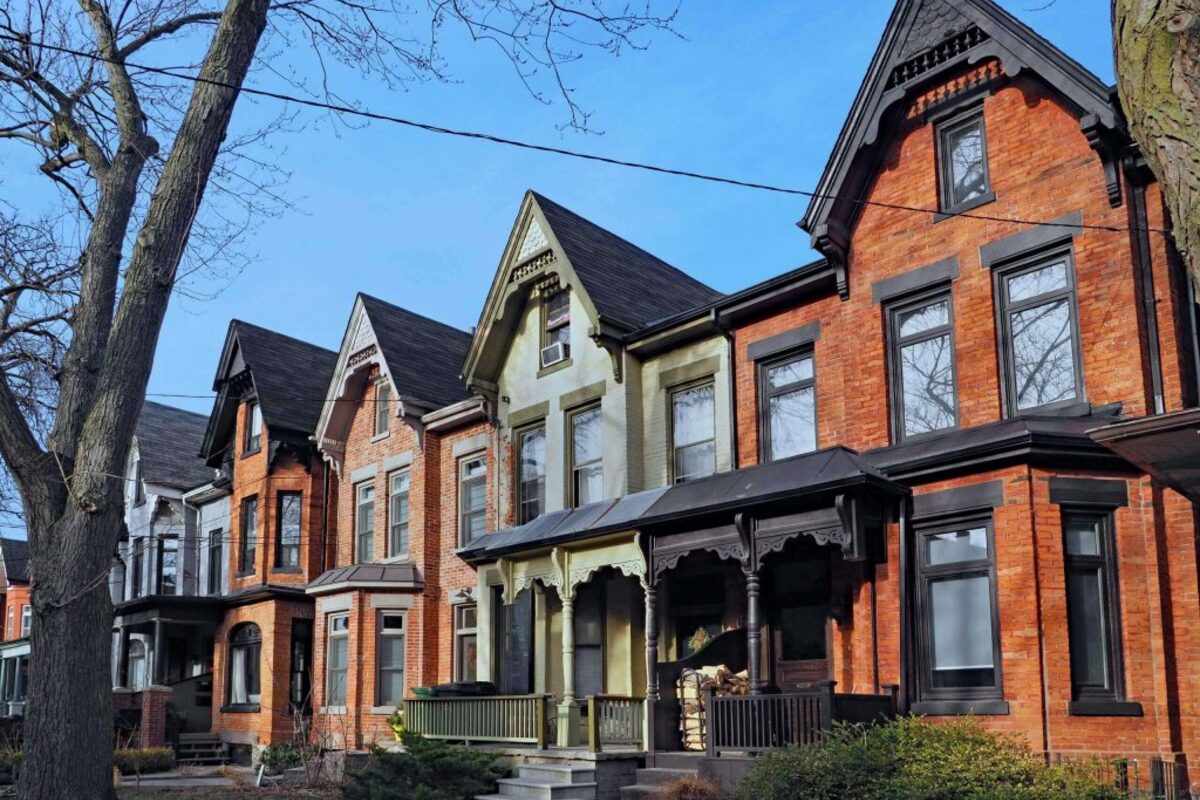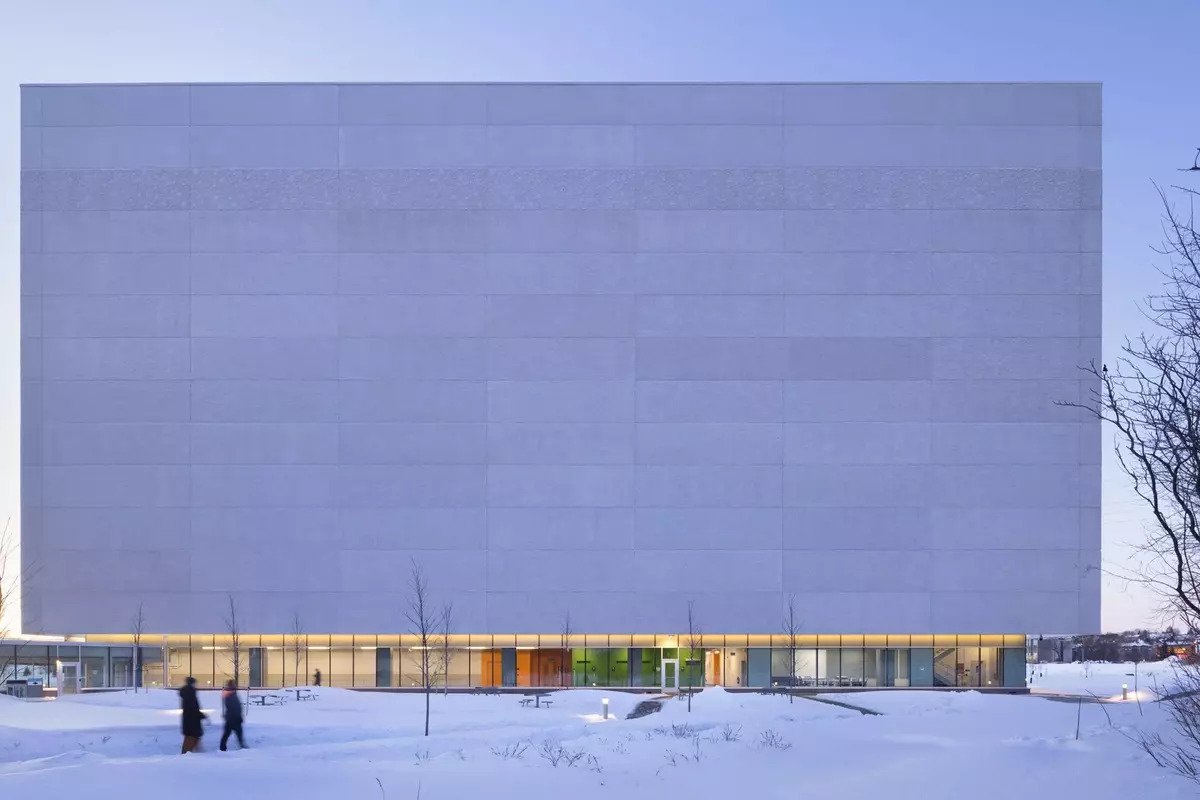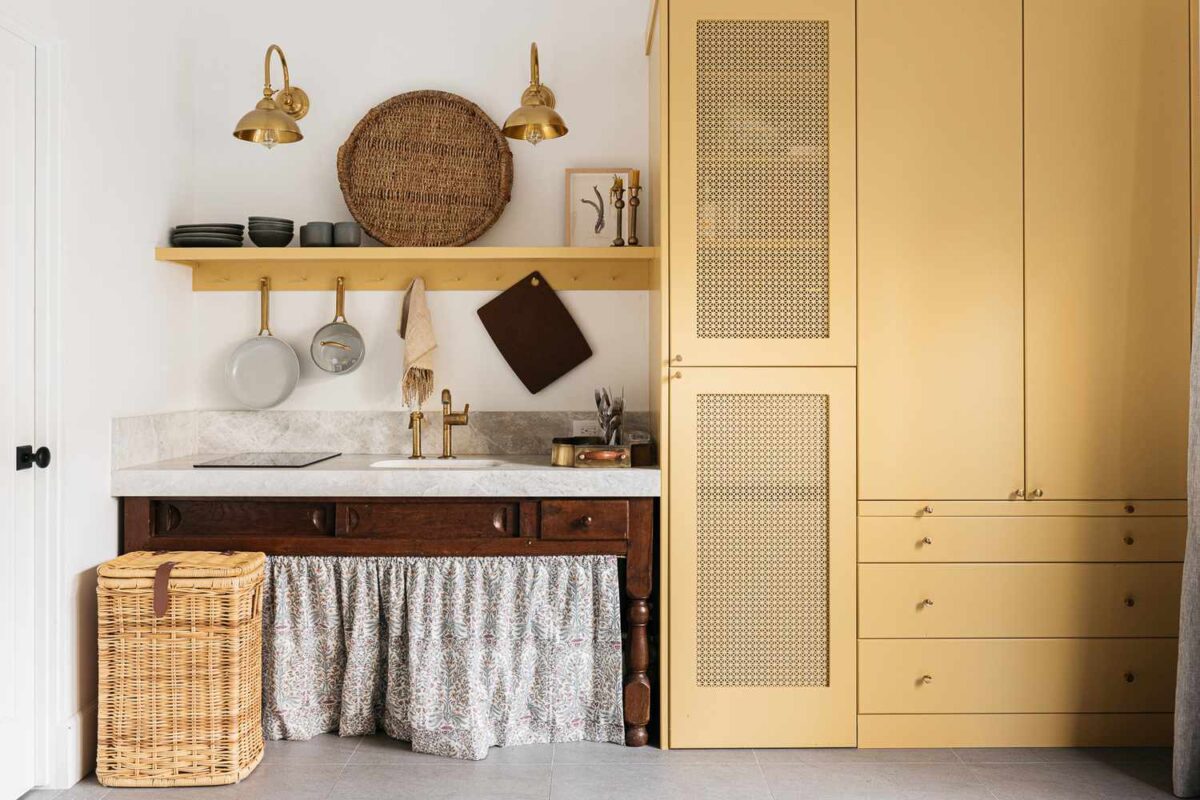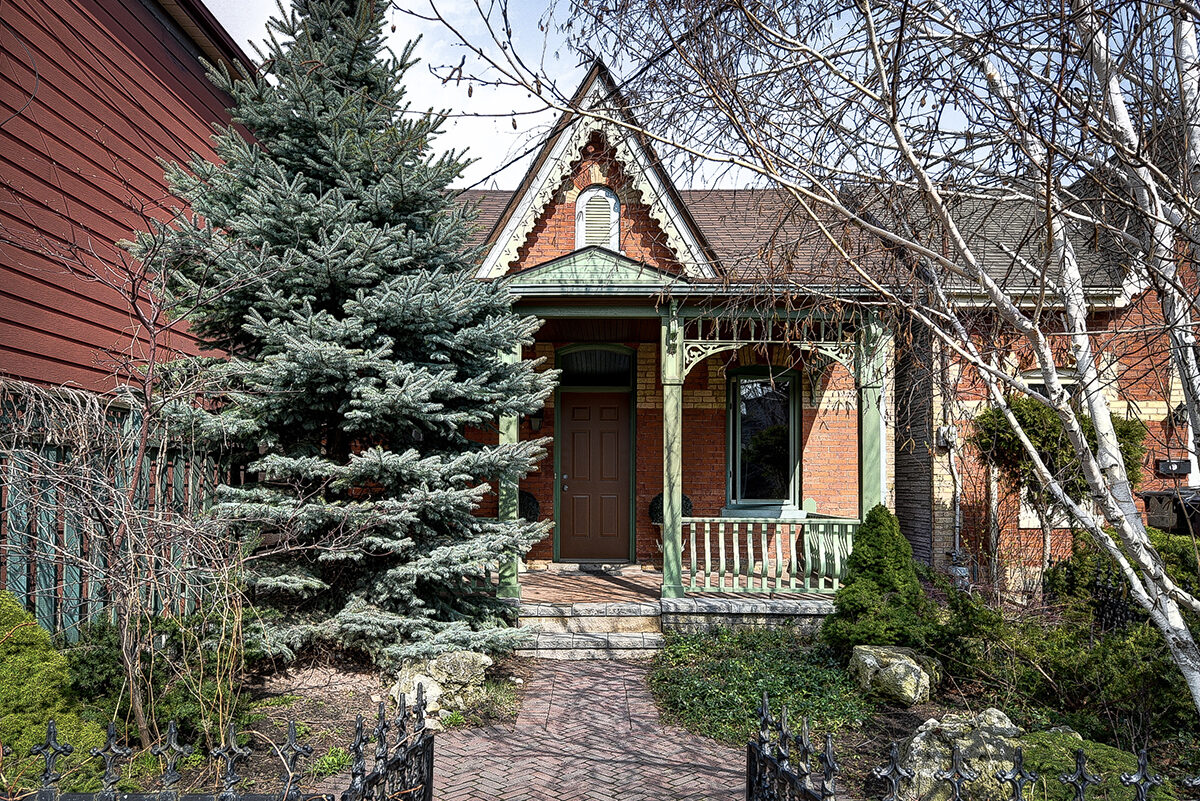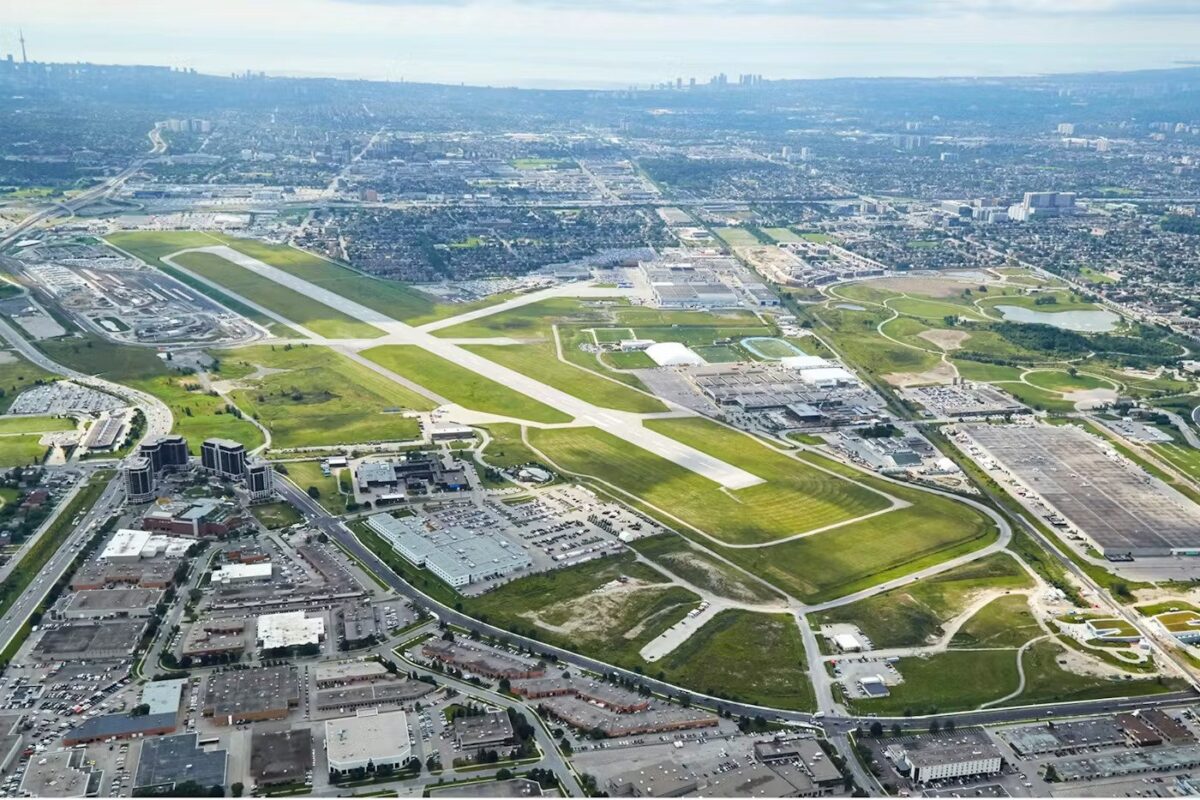Museum Marvels: How Freeze-Dried Candy Inspired the Sweetest Architectural Designs

Enhance museum design by incorporating architectural candy elements. Explore more about innovative elements driving the future of architecture. Embrace vibrant colors and bold structures to create visually striking attractions that capture public imagination. Integrate modern materials and innovative techniques to transform traditional exhibits, lending interactive and immersive experiences. Prioritize sustainability by using eco-friendly resources, ensuring long-term viability and global appeal. Adapt freeze-dried candy as a metaphor, using lightweight, durable materials for surprising texture and layers in design, making the museum not only a center of culture but also of creativity and forward-thinking solutions.
The Concept of Architectural Candy

Origins of the Term
The term ‘architectural candy’ originated as a metaphor in design, describing elements in museum architecture that captivate and delight like a sweet treat. This concept gained traction as designers sought to create spaces that were not only functional but also visually stimulating, akin to how freeze-dried candy brings unexpected joy and texture. Architectural candy in museums refers to features that appeal both to the intellect and emotions—be it through innovative use of materials, unexpected forms, or playful details that draw visitors in. Emphasizing sustainability, these elements aim to make museums more engaging by fostering a deep, memorable interaction with the space.
Key Characteristics
Architectural candy in museum design offers an enchanting visual experience through its use of bold colors and whimsical forms. This concept, akin to freeze-dried candy, provides an intricate blend of vibrancy and structural ingenuity that captivates the senses. Bold hues invigorate spaces, transforming the ordinary into a vividly immersive environment, while playful forms invite exploration and interaction. These eye-catching elements are not just for show—they provoke thought, stir curiosity, and engage visitors on multiple levels.
Drawing from a global palette, architects play with geometry—creating organic curves, fragmented lines, and unexpected angles that mirror natural landscapes or abstract art. This innovation not only prioritizes aesthetic delight but also champions sustainability by integrating eco-friendly materials and energy-efficient designs that enhance the museum’s harmonious relationship with its surroundings. The result is a celebration of creativity that pushes the boundaries of traditional museum aesthetics, inviting both professionals and enthusiasts to appreciate the fusion of function, form, and fantasy.
Freeze-Dried Candy: A Catalyst for Creativity
From Edible Innovation to Architectural Inspiration
The intersection of edible innovation and architectural design finds a fascinating metaphor in freeze-dried candy. Just as advancements in candy technology have transformed ordinary confectionery into something extraordinary, museum designs evolve through creative experimentation and cutting-edge materials. The process begins with imagination, akin to dreaming up a unique candy flavor, where architects envision bold structures that captivate and engage. This inspiration is harnessed by integrating sustainable practices, reflecting the global push towards eco-friendly solutions. Innovative materials like bio-based composites or translucent surfaces allow these designs to balance form and function, creating immersive experiences for visitors. The interplay of technology and artistry seen in candy design mirrors the complex layering in architecture, where structural integrity meets aesthetic allure, setting a new standard for museum spaces worldwide.

Materiality and Texture
Freeze-dried candy, with its captivating textures and robust structure, presents a tantalizing metaphor for material innovation in museum architecture. The process of freeze-drying leaves the candy with a crisp, airy consistency, offering not only a sensory delight but also a lesson in manipulating materials for lightness and strength. Just as this candy maintains its form while being surprisingly lightweight, architects can explore materials that optimize structural integrity without burdening the building’s framework. This exploration can lead to the development of sustainable, innovative materials that echo the playful yet enduring qualities of these confections. Embracing such textures allows designers to craft spaces that evoke wonder and curiosity, much like the allure of a museum itself. This creative interplay between materiality and design invites architectural professionals to rethink how texture and resilience can redefine our built environment.
Case Studies: Museums Embracing Architectural Candy

Case Study: The Museum of Ice Cream
The Museum of Ice Cream captivates visitors with its architecture that resembles vibrant confectionery, using color and design to create an immersive experience reflecting the playful essence of candy. This museum breaks conventional design norms through its bold use of colors and imaginative spaces, effectively blurring the line between reality and fantasy. Every element, from the bubblegum-pink walls to the sculptural installations inspired by sprinkle-covered frozen treats, engages the senses and evokes childhood nostalgia. The design strategy is an exercise in whimsy and creativity, employing a palette as varied and vivid as a candy store. Each room is a testament to innovative design, thoughtfully crafted to elicit joy and wonder. The museum’s layouts invite exploration, with interactive installations that encourage playful interaction, integrating architectural form with artistic expression. This harmonious blend of architecture and experience extends beyond mere aesthetics, embodying a sophisticated understanding of spatial dynamics. By marrying vibrant design with experiential storytelling, the Museum of Ice Cream transforms traditional exhibit spaces into a vibrant bustling world that delights and inspires design enthusiasts and professionals alike.
Case Study: Louvre Abu Dhabi
The Louvre Abu Dhabi emerges as a prime example of how modern architecture embraces playful elements to create visually arresting museums that cater to both aesthetic desires and functionality. Designed by Jean Nouvel, this architectural gem showcases a harmonious blend of innovative design and traditional influences, underscoring its status as a metaphorical piece of ‘architectural candy.’
The museum’s iconic dome, reminiscent of an intricate lace canopy, stimulates visual intrigue while serving a practical role in filtering sunlight to emulate the natural play of light and shadow. This spectacle is not only a nod to the cultural heritage of the Middle Eastern region but also exemplifies how aesthetic pleasure coexists with functional elegance.
A hallmark of contemporary architecture, the Louvre Abu Dhabi integrates sustainability with striking design elements, employing energy-efficient solutions that align with its global ethos. As an architectural beacon, it provides an inspiring narrative of how museums today can be both cultural sanctuaries and visually dynamic spaces. Through its innovative use of light, space, and sustainability, the museum exemplifies the potential of creative designs to captivate audiences and redefine the visitor experience.
Integrating the Concept into Future Museums
Balancing Playfulness and Functionality
In the vibrant realm of museum design, finding harmony between playfulness and functionality is imperative. Architectural candy, with its eye-catching allure, serves as a metaphor for engaging, unexpected design that stimulates curiosity and invites exploration. However, this aesthetic delight must not overshadow the fundamental purpose of a museum: to educate and captivate visitors through thoughtfully curated spaces. Striking this balance requires an innovative approach that respects both aesthetics and usability, ensuring that each space facilitates seamless flow and accessibility while maintaining visual intrigue. For instance, incorporating sustainable materials and adaptable spaces can enhance both charm and practicality. By prioritizing user experience alongside daring design, architects create environments where functionality meets whimsy, ultimately transforming museums into spaces where learning is enriched by the joy of discovery.
Sustainability in Design
Incorporating sustainability into the whimsical allure of architectural candy transforms museum design into an eco-friendly spectacle that captivates while conserving. These eye-catching structures often utilize innovative materials like recycled composites or locally sourced elements, reducing the environmental footprint and promoting circular economy principles. Passive design strategies, such as optimizing natural light and ventilation, enhance energy efficiency while maintaining aesthetic splendor. Moreover, integrating green roofs and living walls not only contributes to biodiversity but also improves insulation and air quality, echoing the commitment to eco-consciousness. By blending creativity with sustainable practices, these designs ensure museums remain not only visually breathtaking but also responsible stewards of the environment, inspiring future generations of architecture enthusiasts to appreciate the harmony between beauty and sustainability. Through this lens, architectural candy becomes a model for innovative, sustainable design.
Conclusion
The influence of freeze-dried candy on architectural creativity serves as a metaphorical beacon of innovation in museum design, capturing the imagination with its playful and colorful potential. This concept pushes designers to incorporate elements that are both visually appealing and structurally unique, challenging traditional perceptions and inviting a dialogue between architecture and art. By mimicking the intricate textures and vibrant hues of candy, architects are inspired to create spaces that engage and delight visitors, similar to how one might explore a confectionery delight. This playful approach aligns well with a wider trend of integrating sustainable urban district elements into design, enhancing aesthetic appeal while prioritizing ecological responsibility. Looking ahead, the potential for using sustainable materials alongside these innovative designs offers a promising pathway for creating museum spaces that are not only captivating but also environmentally conscious, ensuring a legacy of creativity and sustainability in architectural endeavors.





